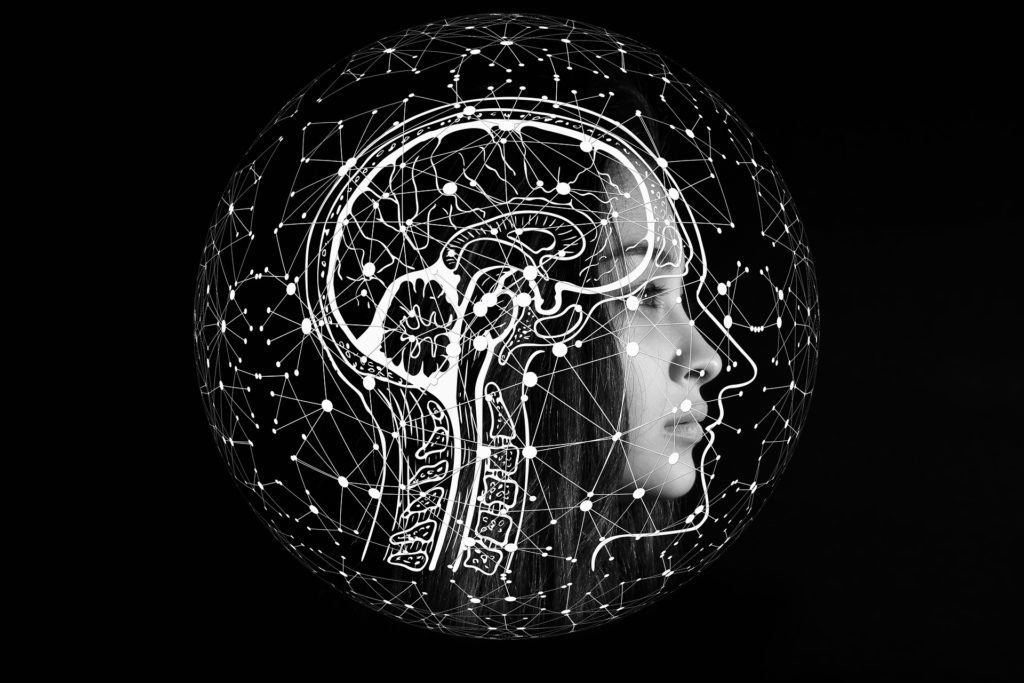AI will not replace communication coaches, but communication coaches who use AI will replace those who don’t.

We talk a lot here at Quantified about how artificial intelligence is enhancing personalized and experiential learning—particularly communication skills. After all AI-driven communication development is our bread and butter, and we’re passionate about using the latest innovations to make communication training more effective and more lasting, and to make world-class communication training accessible to millions of people.
We’ve taken the art of communication and enhanced it by adding science.
But there’s one fear we hear over and over about the consequences of adding artificial intelligence to communication—or any artistic field, for that matter: Will artificial intelligence replace human expertise?
Here’s our take: AI will not replace communication coaches, but communication coaches who use AI will replace those who don’t.
We’re not counting down the days until the artists of any kind—especially communication experts, editors, and public speaking coaches—become obsolete. Instead, we’re celebrating the ways artificial intelligence has, and will, make their jobs easier and their methods more efficient.
Our own communication analysts and coaches have already embraced these new developments. They’re reinforcing their own expert instincts with objective data that represents an audience of millions. And here’s why:
It’s Objective
While a traditional coach can give a client some great feedback, the coach’s expert opinion is still just that: an opinion that’s limited by the coach’s own experience and framework. And for many mathematically-minded professionals who are used to making data-driven decisions, even the most expert opinion is likely to feel a little too subjective.
But with AI, we can mitigate human bias.
When that opinion is supported by expansive data that represents an audience of millions, it becomes exponentially more powerful. After all, why shouldn’t someone—an engineer or a financial executive—who relies on numbers to make every other business decision, rely on numbers to drive their efforts to improve their public speaking?
And there’s one more thing these leaders are accustomed to doing with data: tracking trends over time. Here again, a coach’s perspective is limited. She can tell a speaker he did better than last time, and she can even tell him why. But when she’s coaching with numbers, she can show him his progress in specific, granular detail. And that value can be delivered and reinforced over years instead of just during the coaching sessions.
It’s Transparent
Because the data is objective, it’s also less emotionally fraught than subjective feedback. And we can all understand that—we’ve all bristled at constructive criticism, even when we probably should’ve listened.
The same goes for communication coaching. When coaches have to start by delivering the bad news—that a speaker is leaving the wrong impression on audiences—themselves, that makes it difficult to inspire clients work collaboratively and embrace solutions. It’s too easy to take those subjective evaluations personally and dwell on the negatives rather than focusing on making progress.
But data is a source of truth.
When a coach is armed with data, she can let the AI deliver the tough love and focus instead on trust and improvement as the foundation of her coaching relationships. This approach leads to more productive work and much faster progress.
It’s Precise
Technology knows us better than we know ourselves, and an AI-driven analysis has the capacity to dig deep into not only how a speaker is doing, but why. A coach may be able to tell a speaker that he’s not coming across as trustworthy, but AI can explain why. It can say the speaker is using too much passive voice or his eye contact is too fleeting, and those elements are making audiences wonder what he’s got to hide.
Conversely, it can pinpoint specific strengths, too. A coach can tell a client he appeared more confident this time than last time, and the AI can expand on that: perhaps he was standing up straighter, his gestures were more authentic, or he was using more certain language.
A traditional communication coach can identify a speaker’s strengths and development opportunities, and offer strategies and insights to drive improvement. But when she’s armed with precise data about the underlying, subconscious characteristics that are driving a speaker’s overall performance, her work becomes much more exact and much more effective.
It’s Scalable
Finally, let’s face it: traditional communication coaching is prohibitively expensive for all but the most senior leaders, while organizations can often afford offer AI-driven training to larger groups of employees. And here again, that doesn’t mean we’re looking to replace coaches altogether. But it does give us an opportunity to better leverage their expertise.
Consider a group of fifteen or twenty leaders who may not be high-ranking enough to merit individual communication coaching, but whose communication skills do have a significant impact on the business. Historically, the options they had for training were generic workshops or one-size-fits-all online trainings. But when we combine artificial intelligence-based coaching with traditional coaching, we have access to a much more powerful solution: small-group workshops with an expert communication coach, tailored to the group’s exact needs using the data derived from their AI-driven analyses.
When we talk about AI and the future of work—whether we’re talking about communication coaching or journalism or any other industry—it’s easy to fear that “the robots are coming for our jobs.” But the reality is, the future of work isn’t about humans versus machines; it’s about humans and machines. And for communication coaches, the machines are poised to make a powerful difference.